The above photograph features a nostalgic view looking towards the viaduct in the 1940s. Taken after the demolition of the old oil mill but before the creation of the caravan site. It's a familiar scene, yet much has changed since this image was captured. Of course the cylindrical gas holder is long gone and the adjacent gas works retort house was demolished more recently. Now newly-built houses occupy the gas works site, above the Seatoun Place development of the 1980s ,which is situated on the lower slopes overlooking the Keil Burn (see recent photographs below).
Another change since the 1940s is the slight repositioning of the bus stops on either side of Harbour Wynd, which are now located further away from the junction with Main Street. Note the old bus stop on the far left in the top photograph, with its black and white striped pole. A closer up view of a similar bus stop of the era is shown below. On the far right of the top image, a double-decker bus has stopped at the bus stop next to the Railway Inn. The destination of the Leyland Titan bus seems to read 'Buckhaven' and a conductress appears to be waiting in front of the bus. Double-decker buses have been used in Fife since 1929.
Above is a notice from the 1 April 1942 Leven Mail, stating that buses will now only stop at bus stop signs in built up areas (suggesting that once the buses could be hailed on demand from any location along the route). The need for queuing is also highlighted. The modern photographs below show the current locations of the equivalent bus stops close to the viaduct.
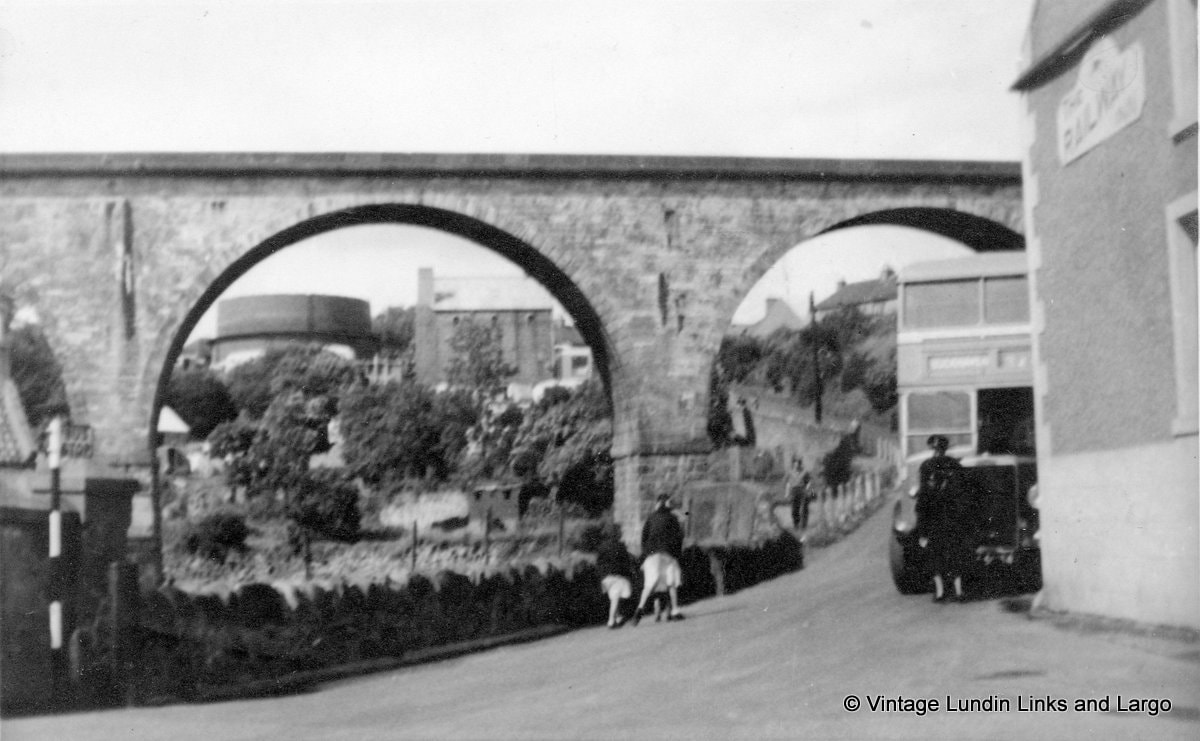
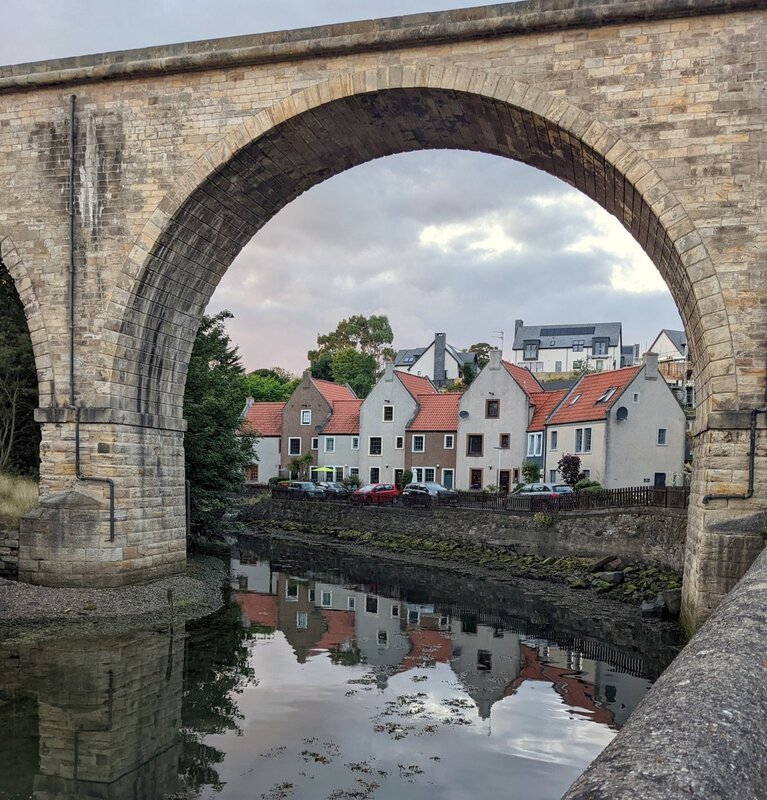
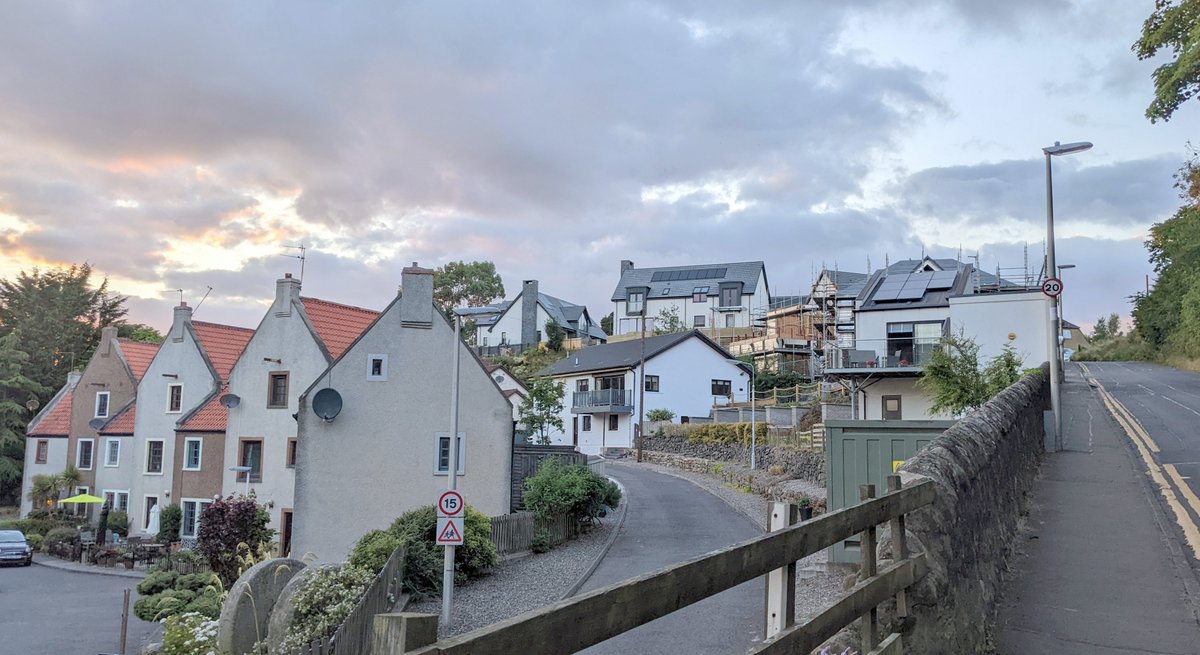
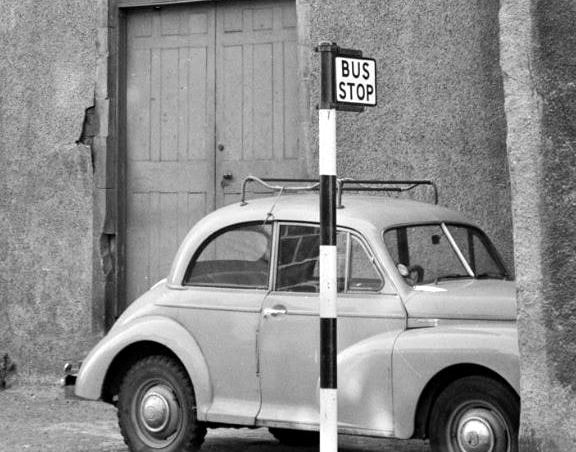
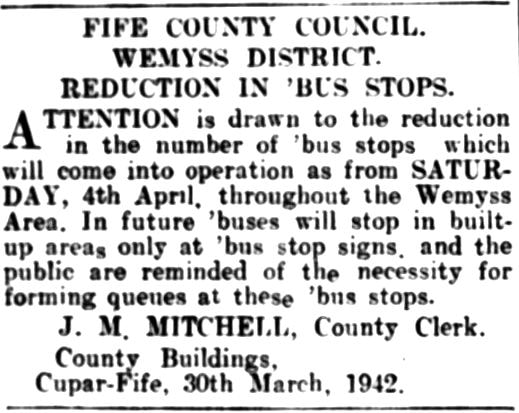
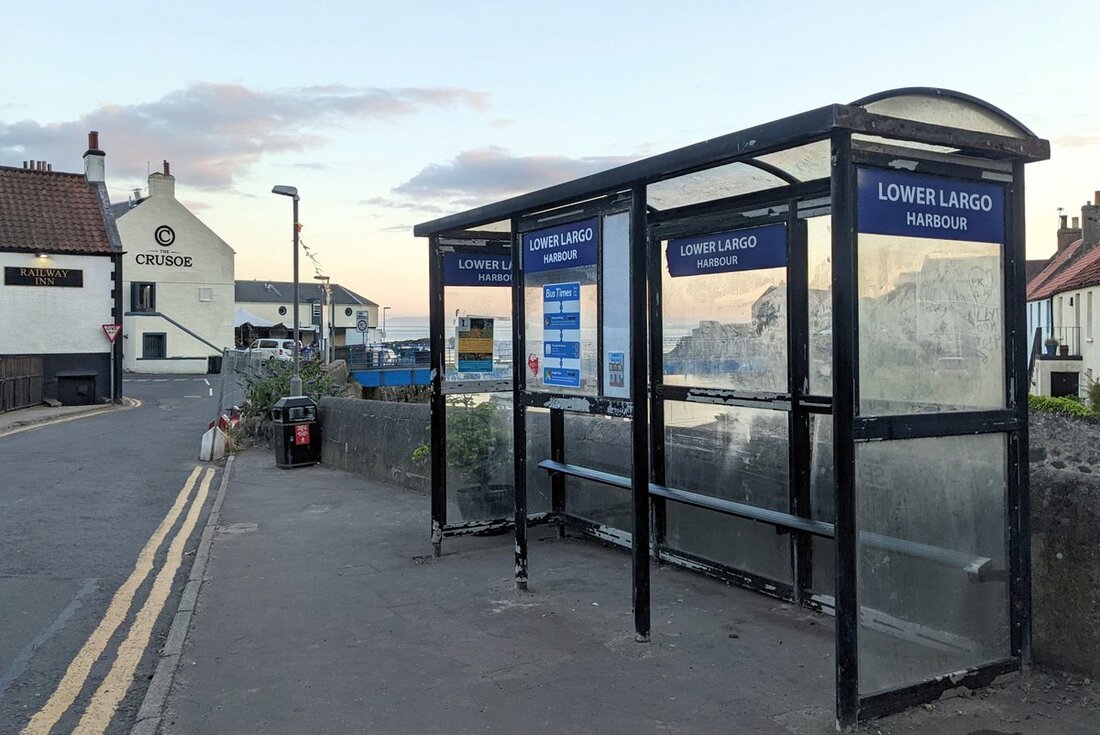
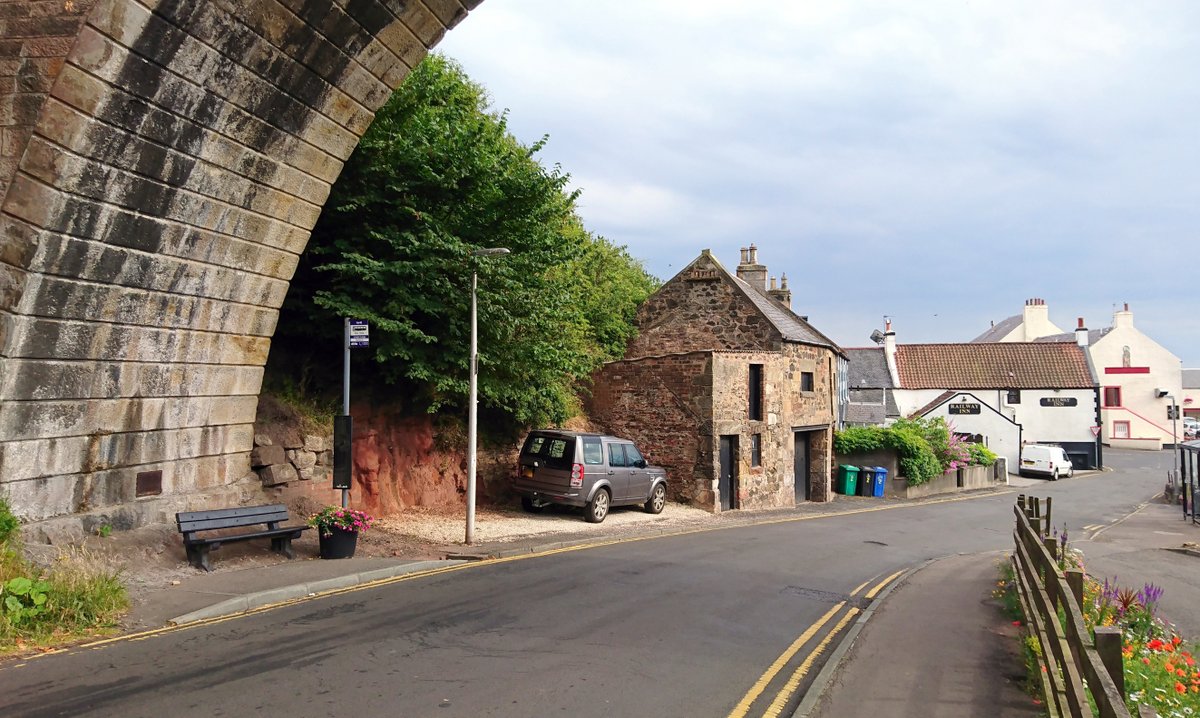
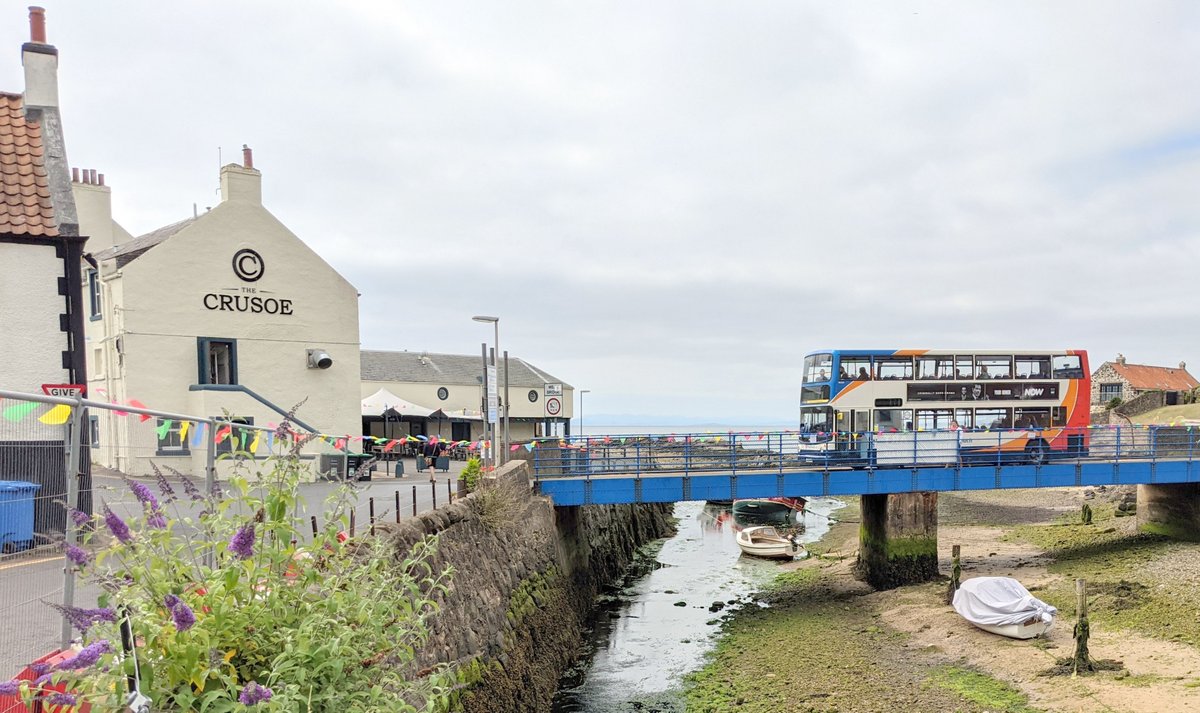
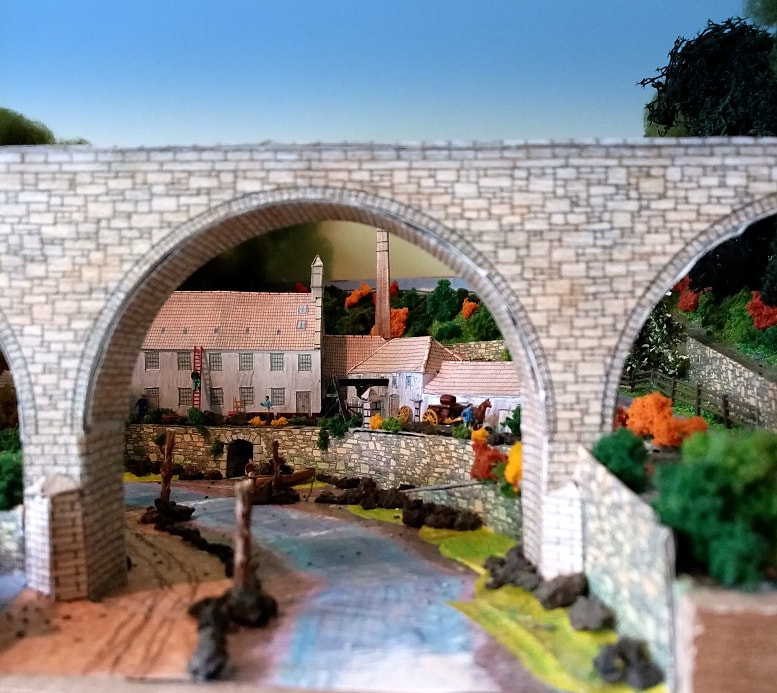
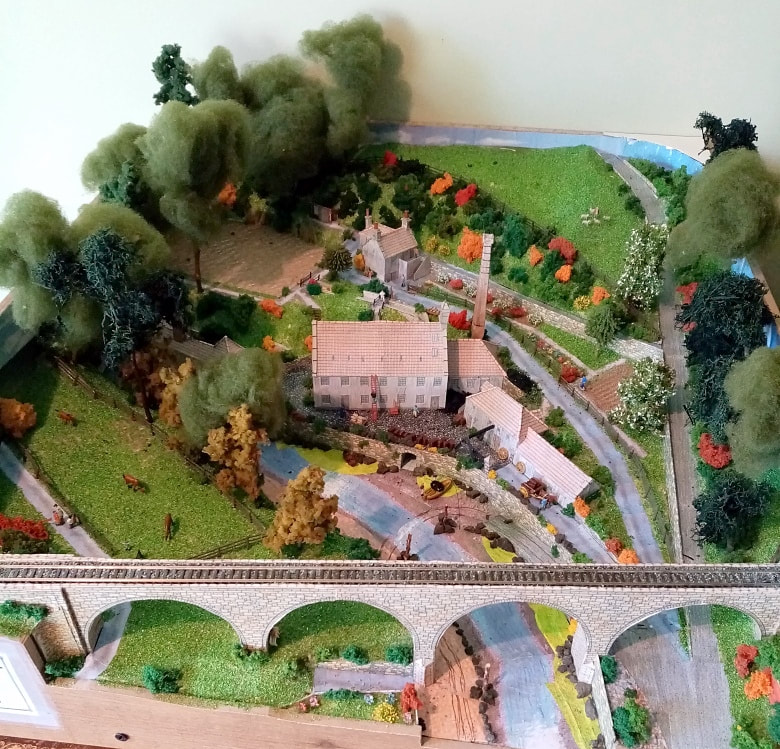
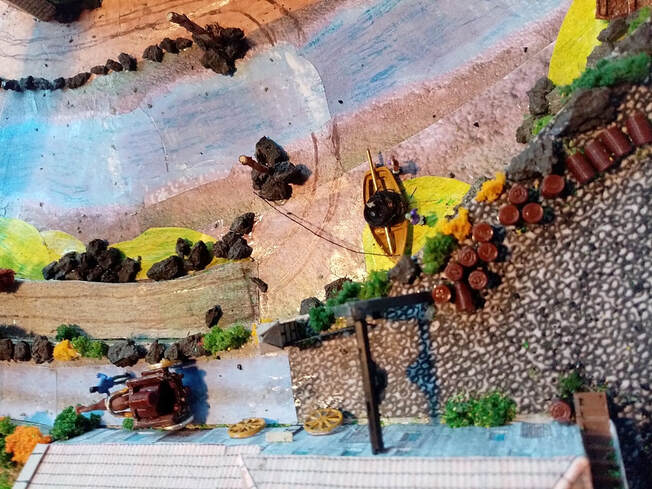
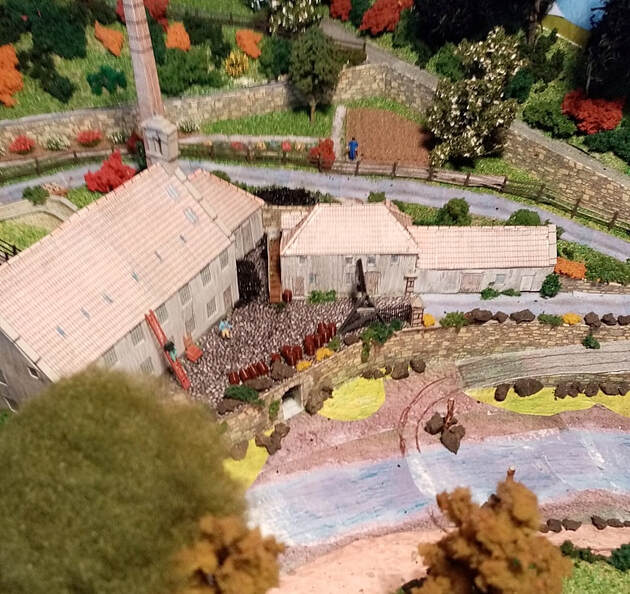
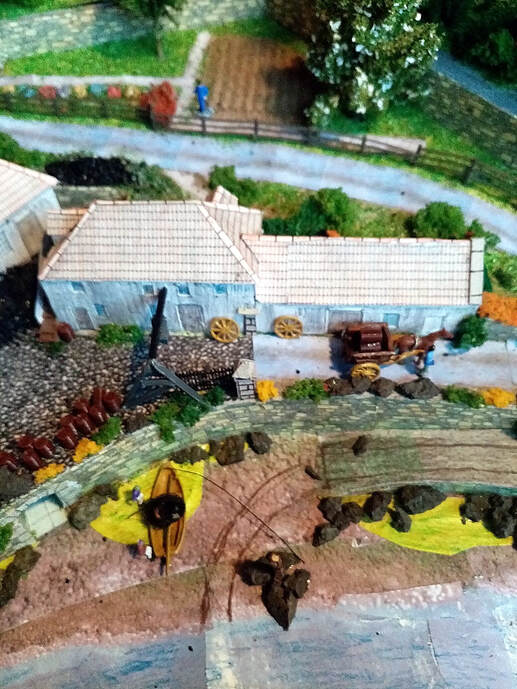
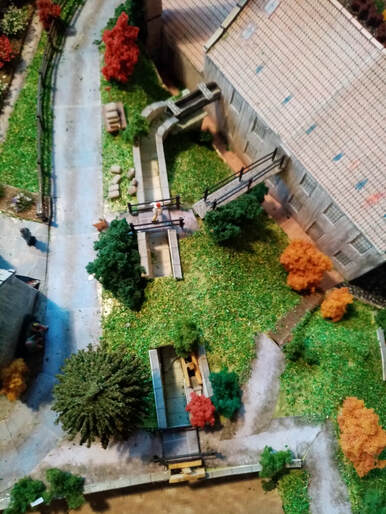
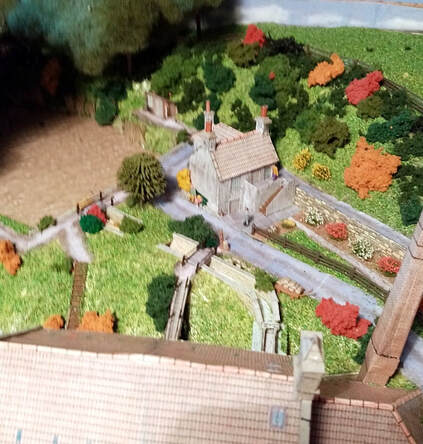
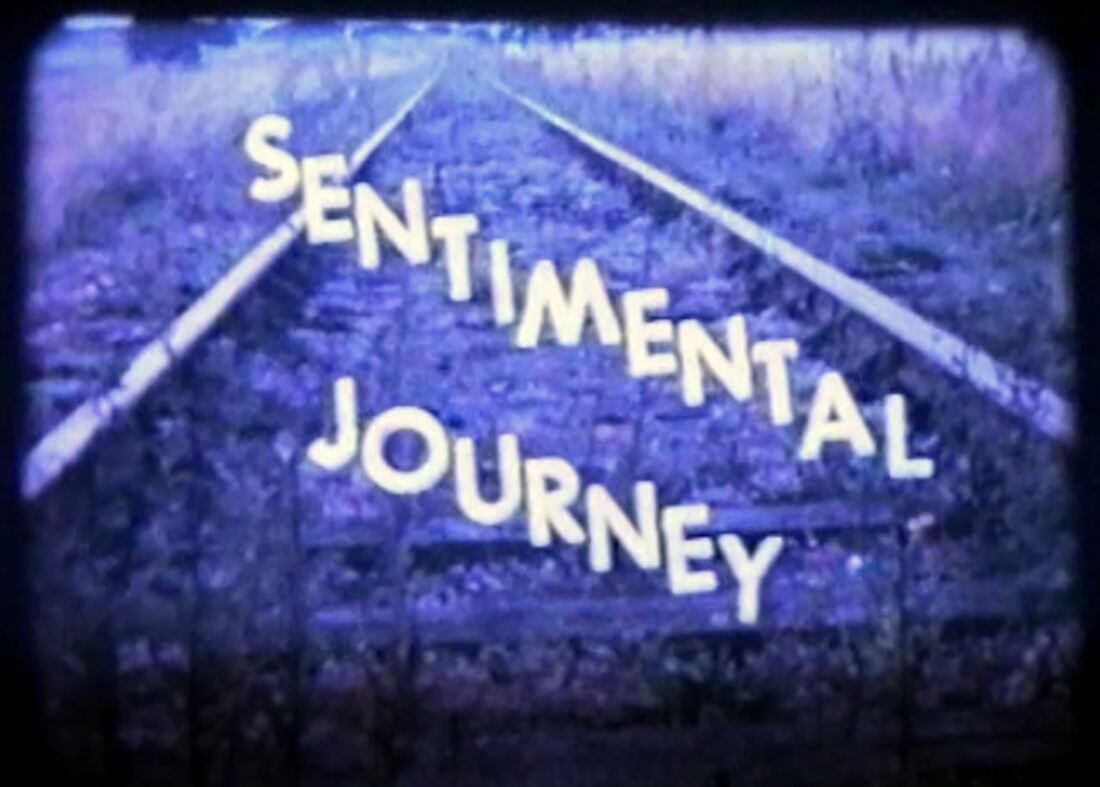
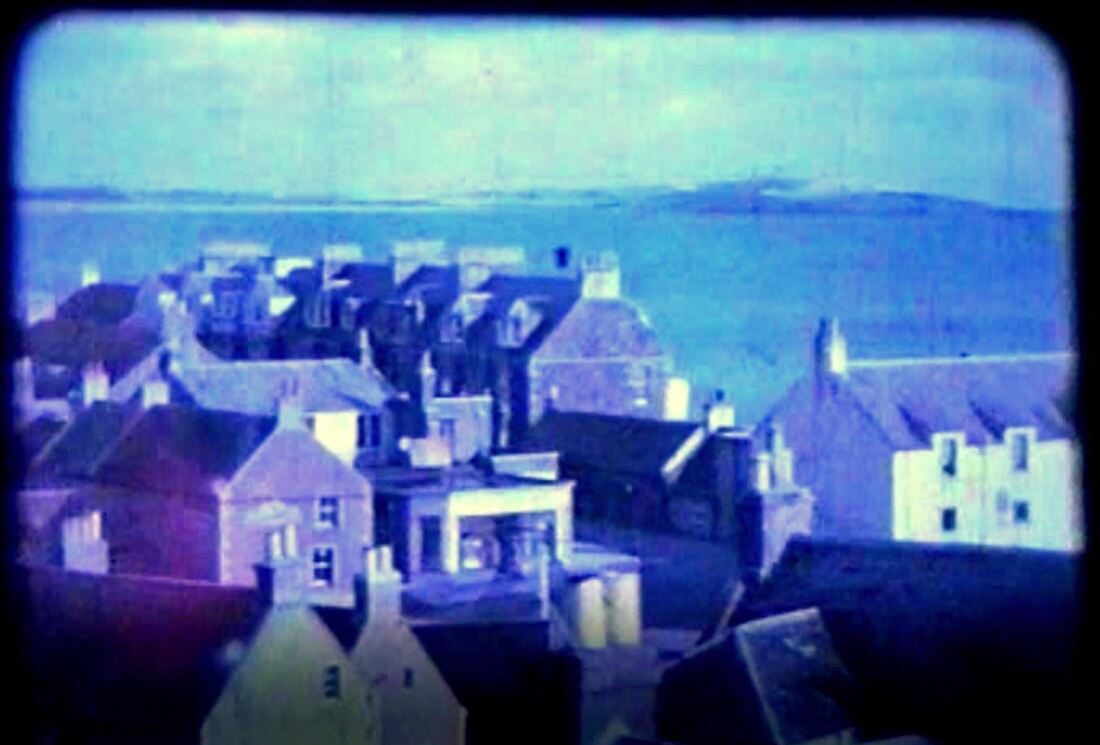
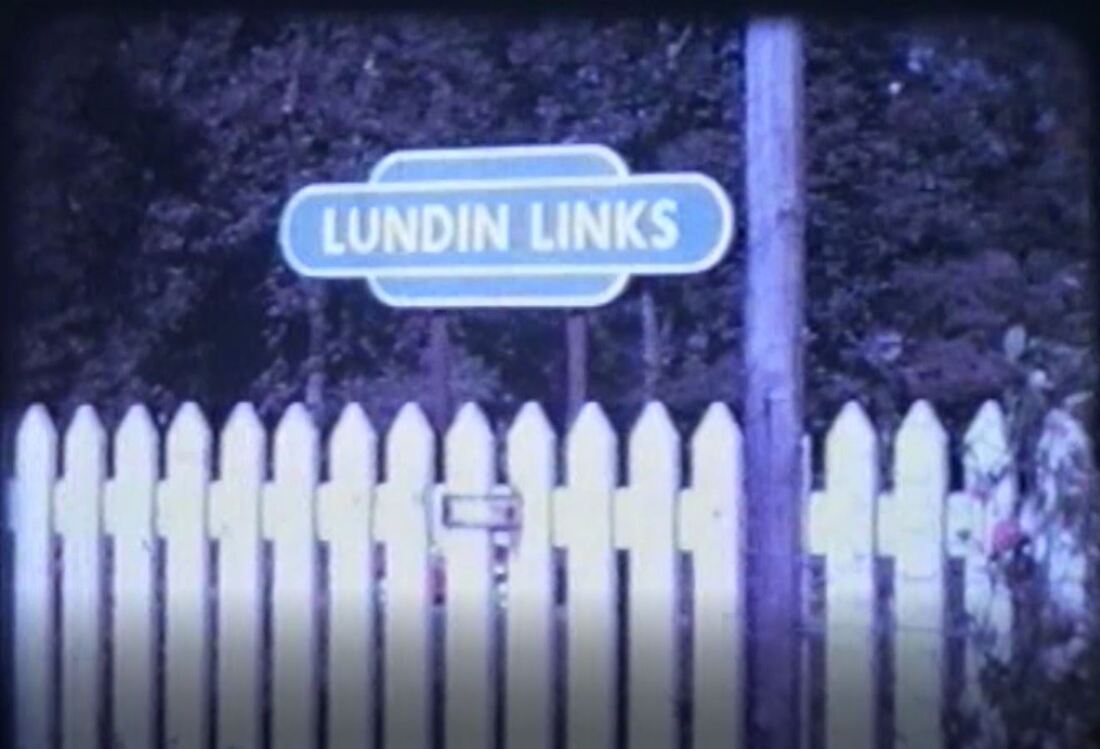
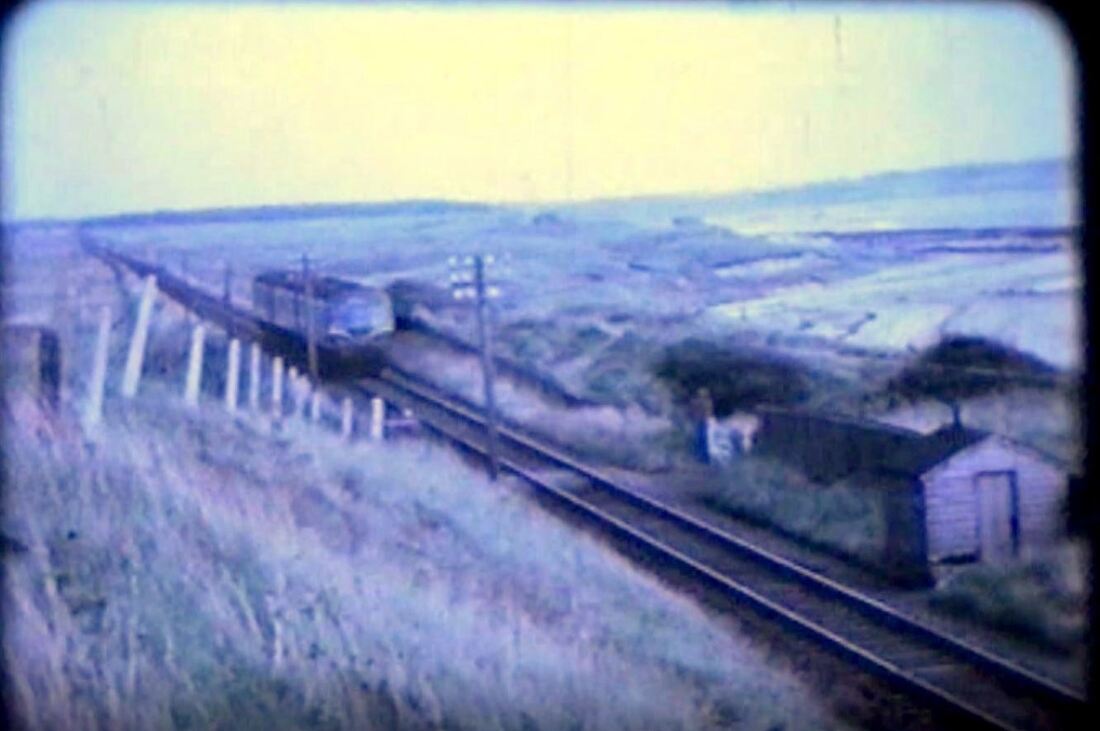
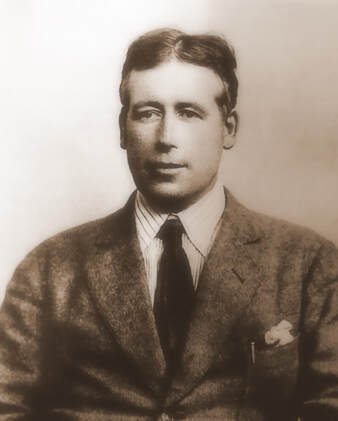
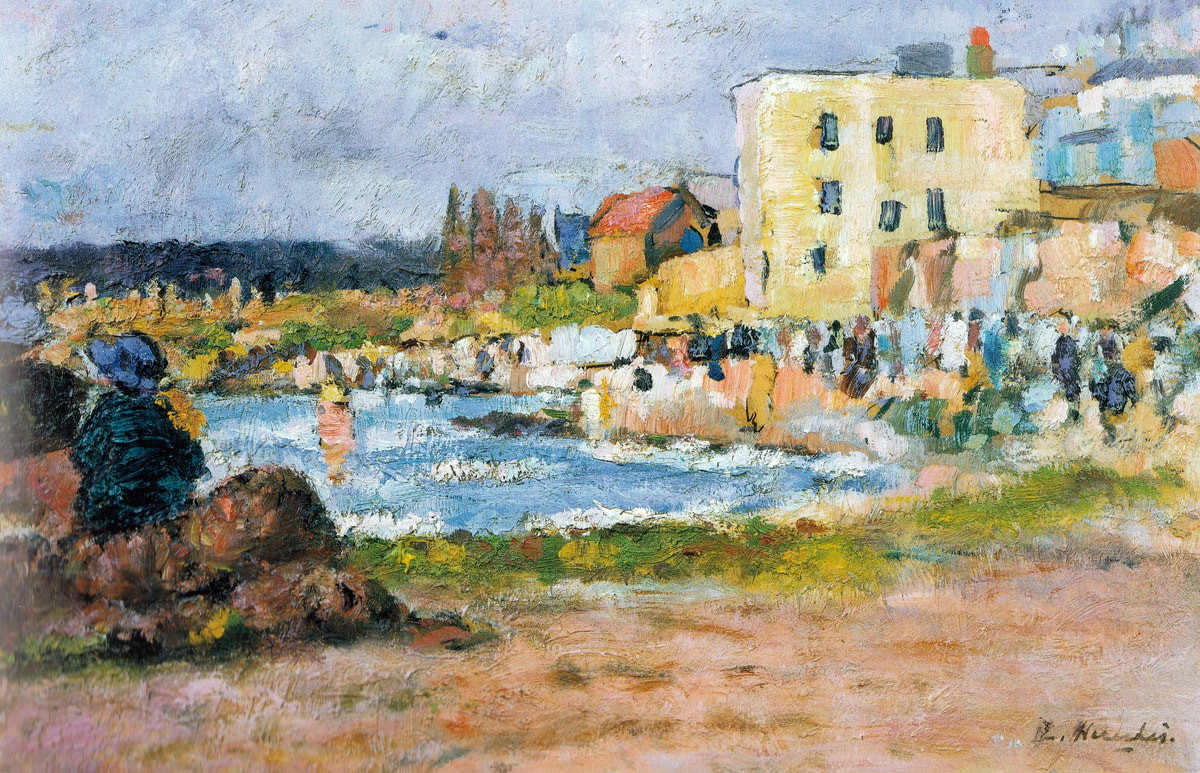
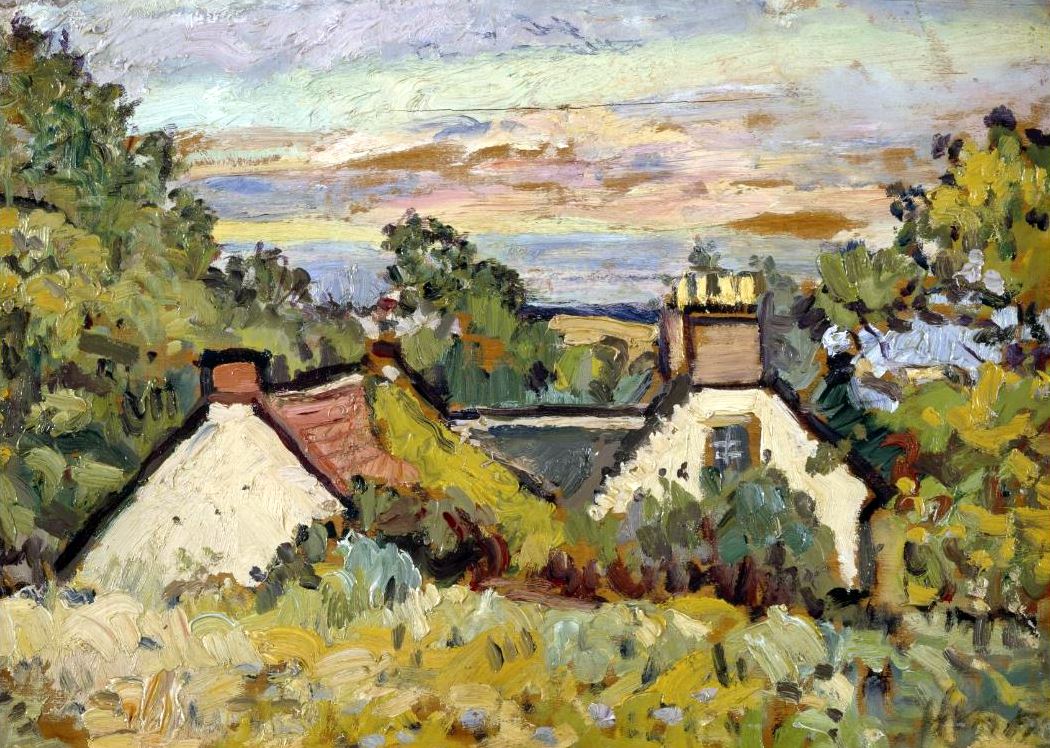
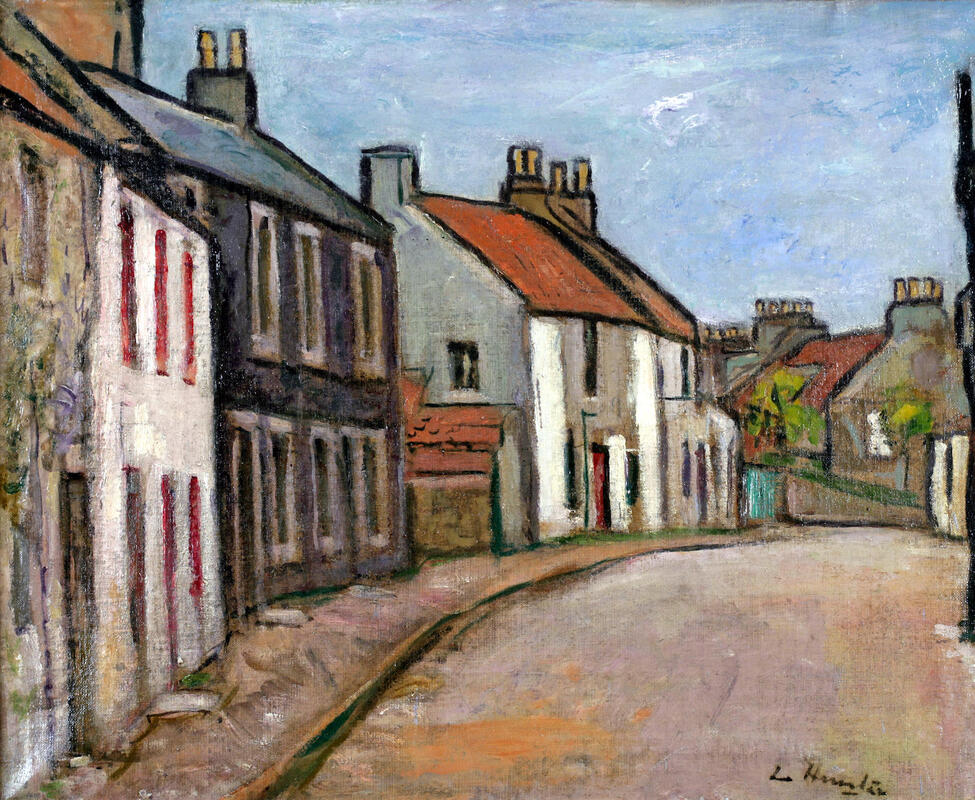
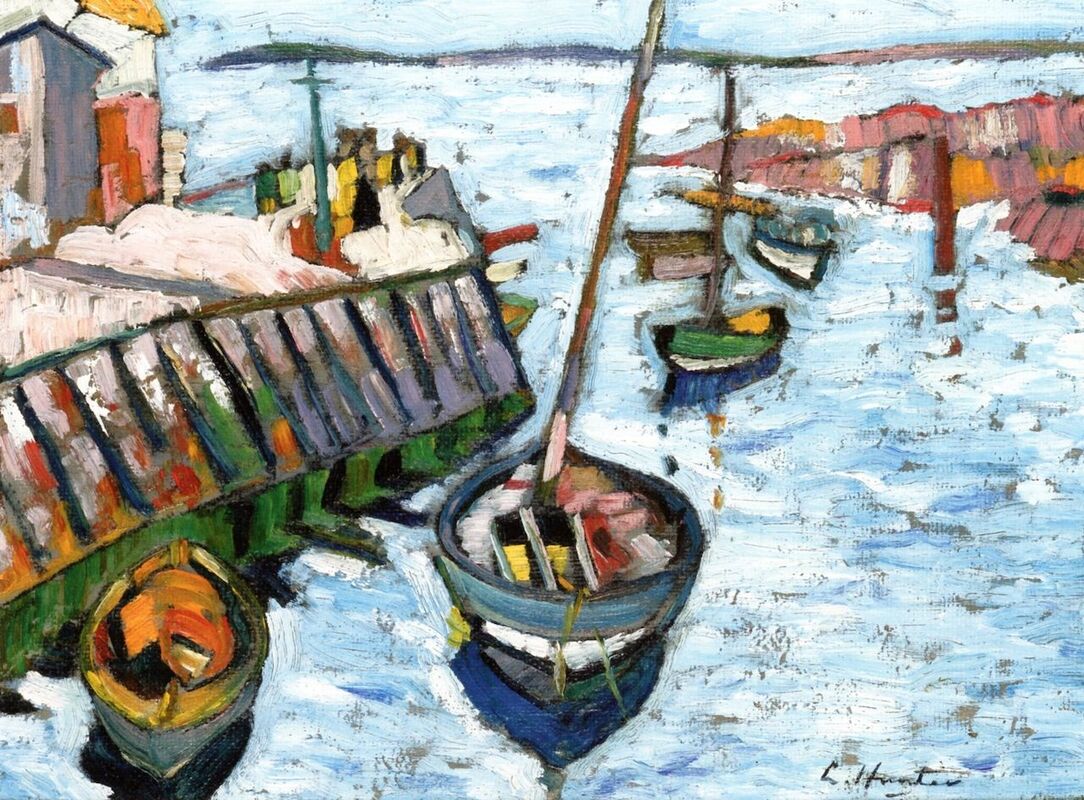
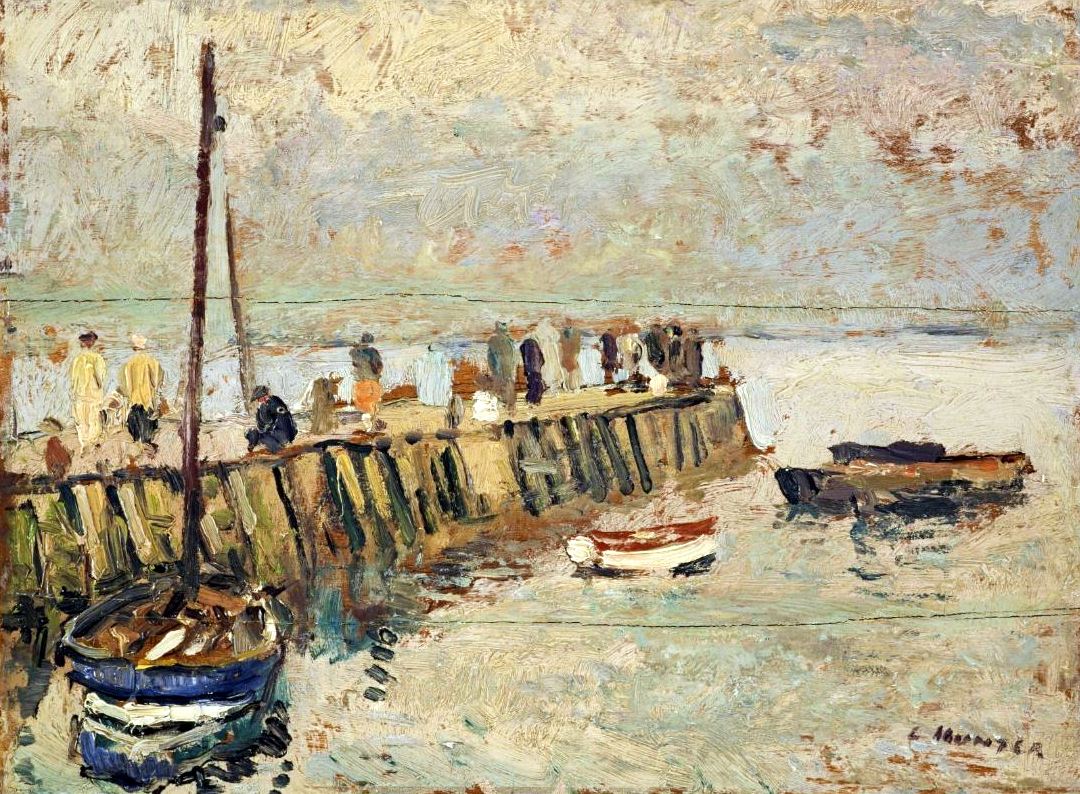
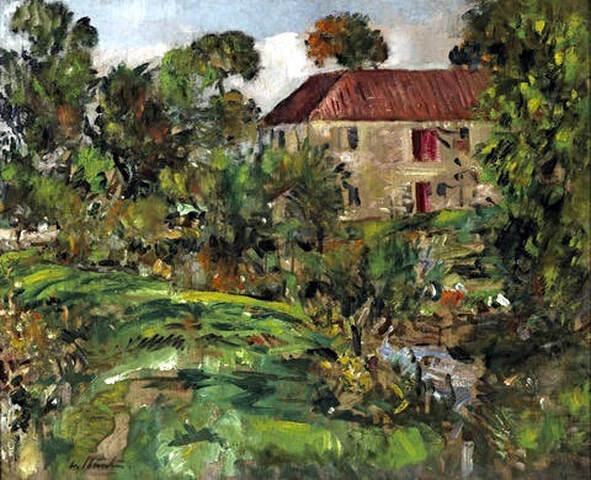

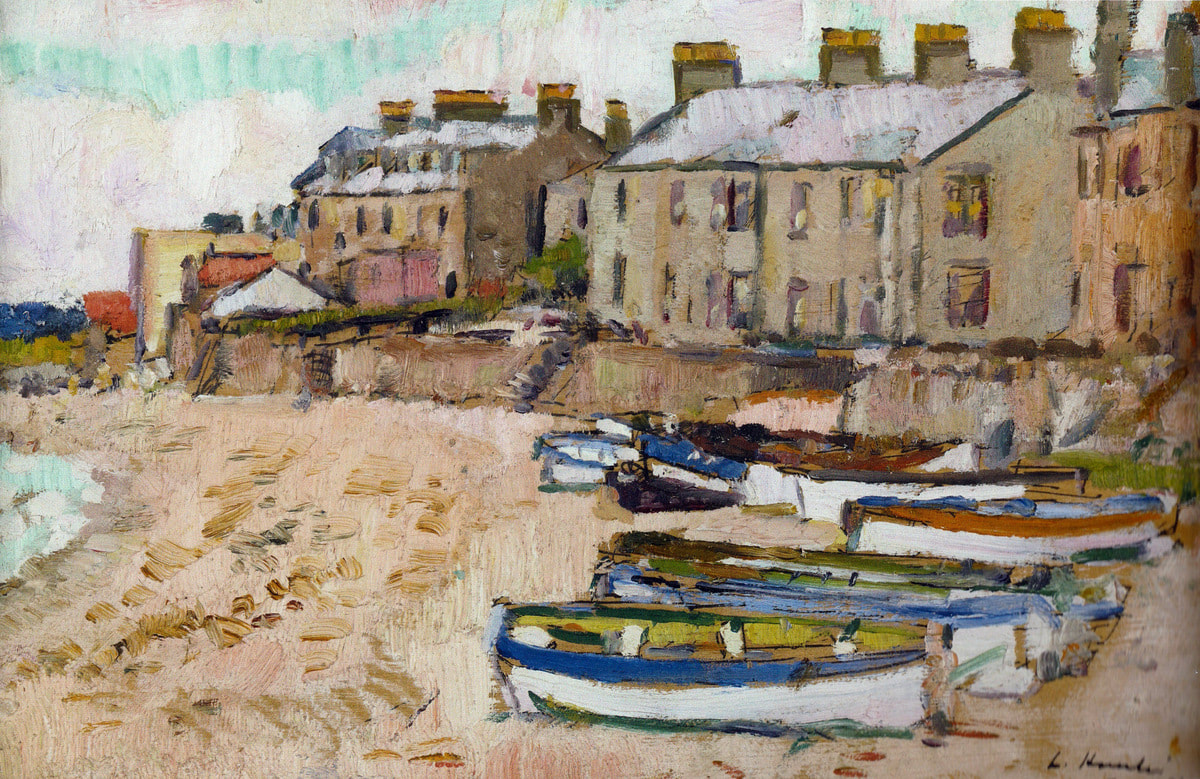
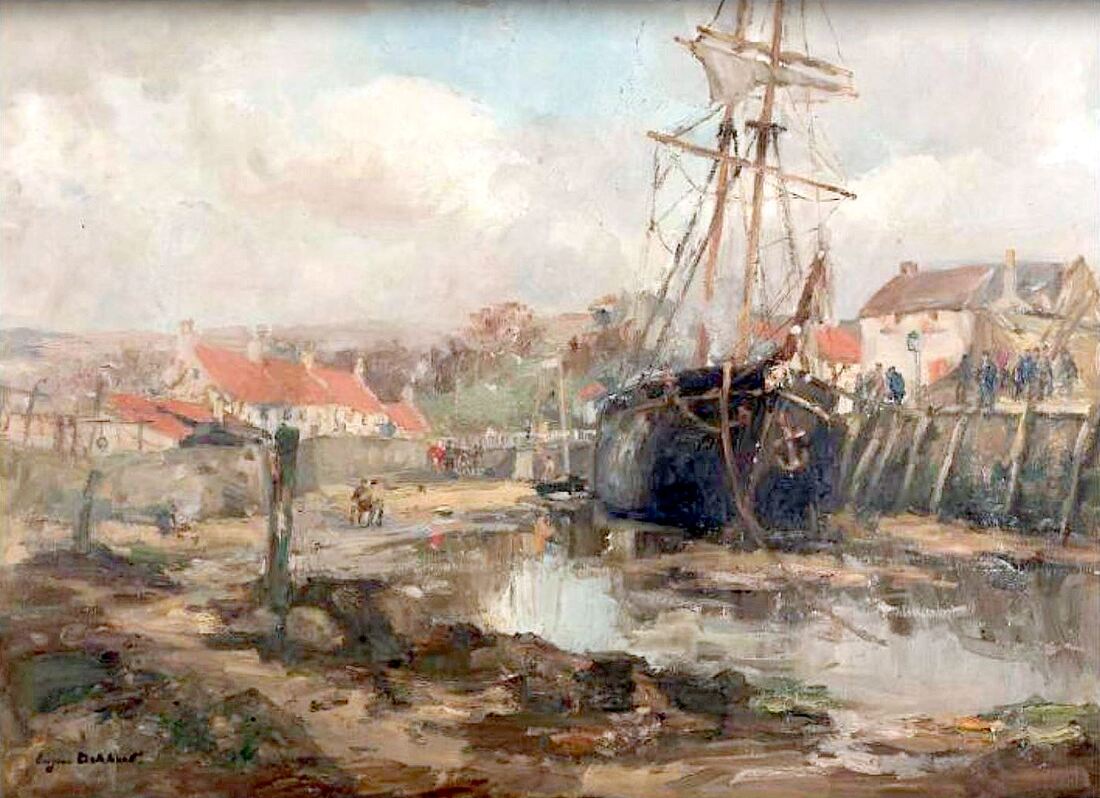
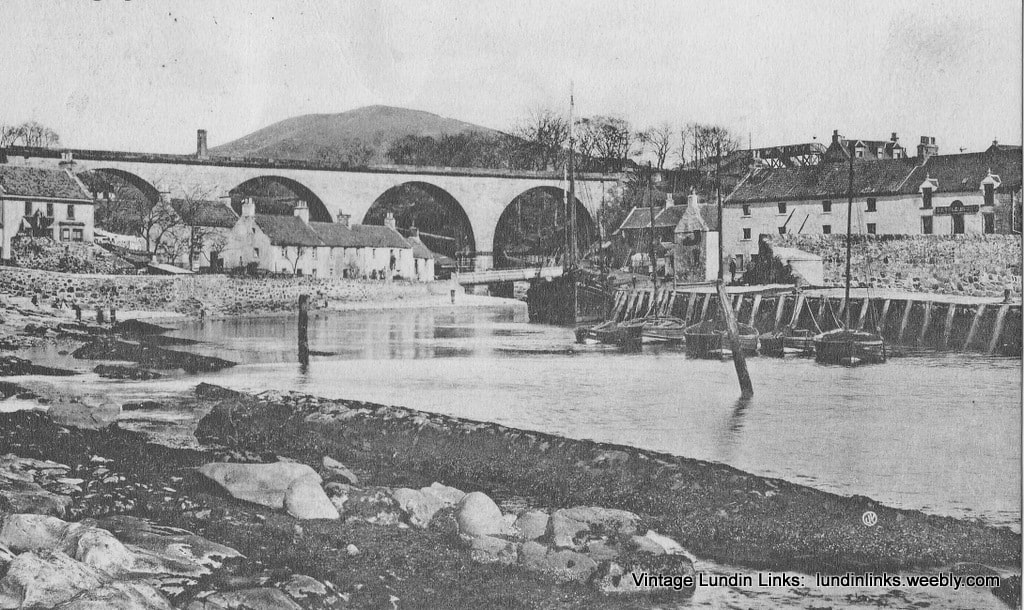
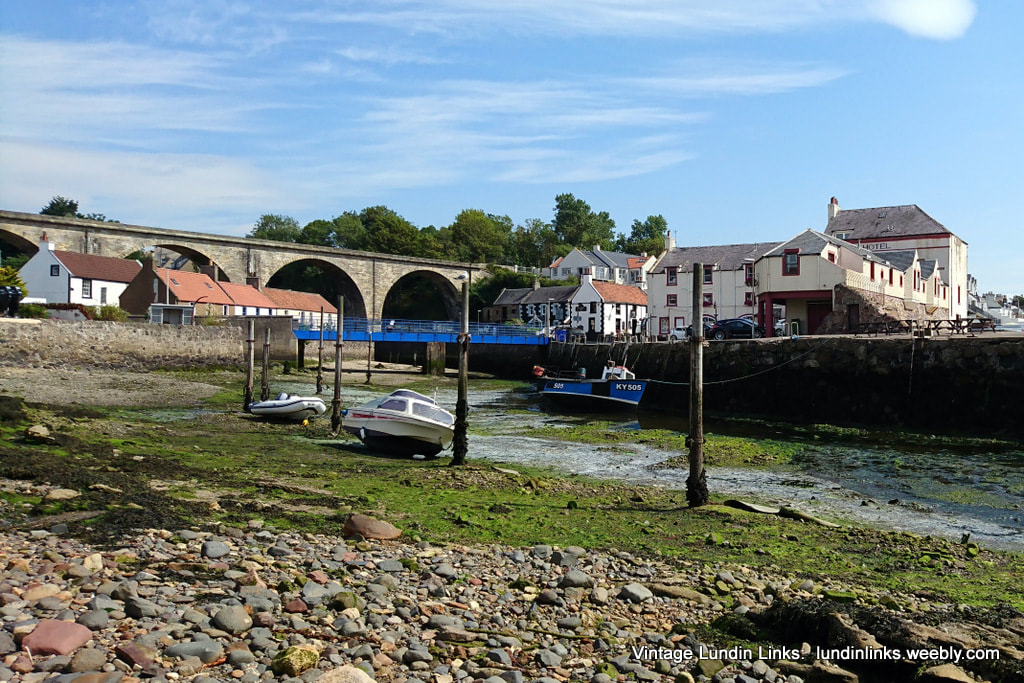

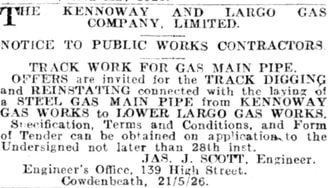
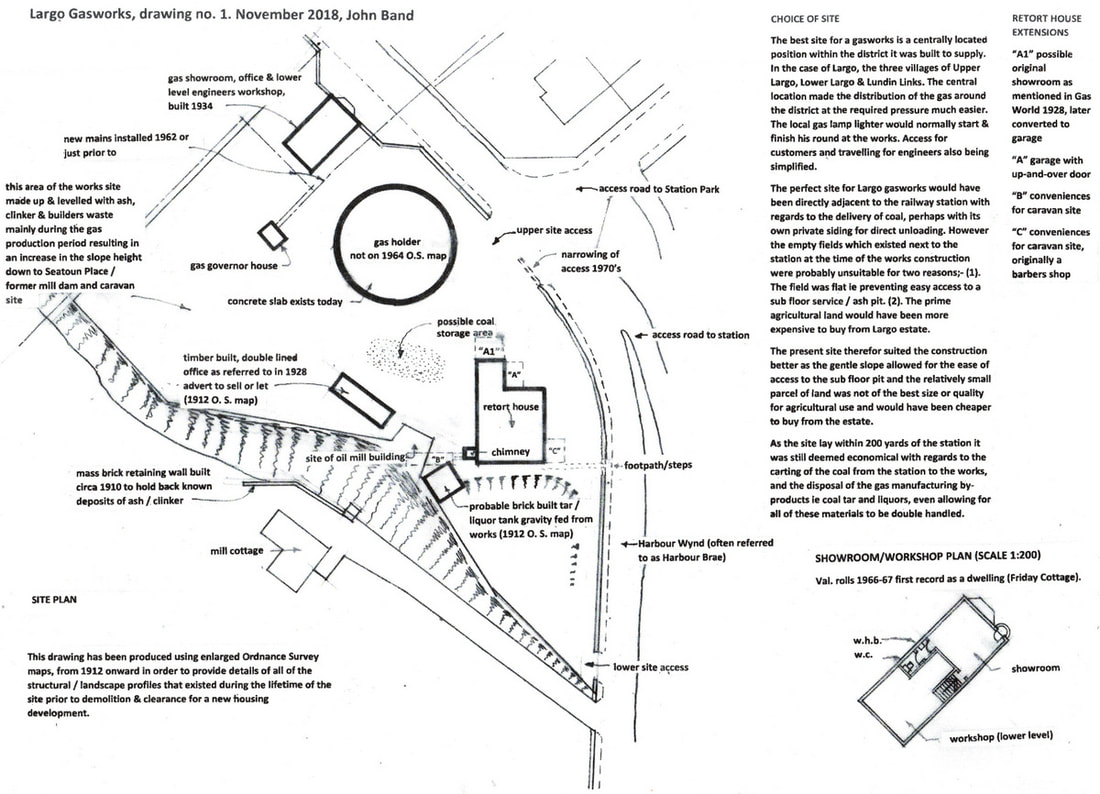
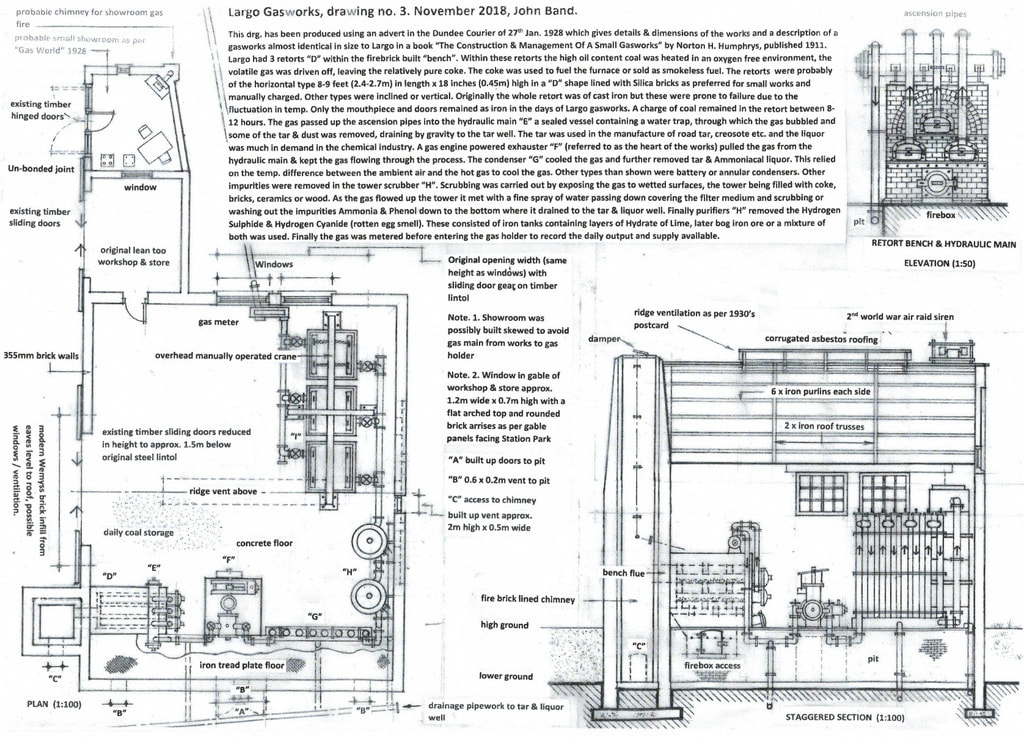
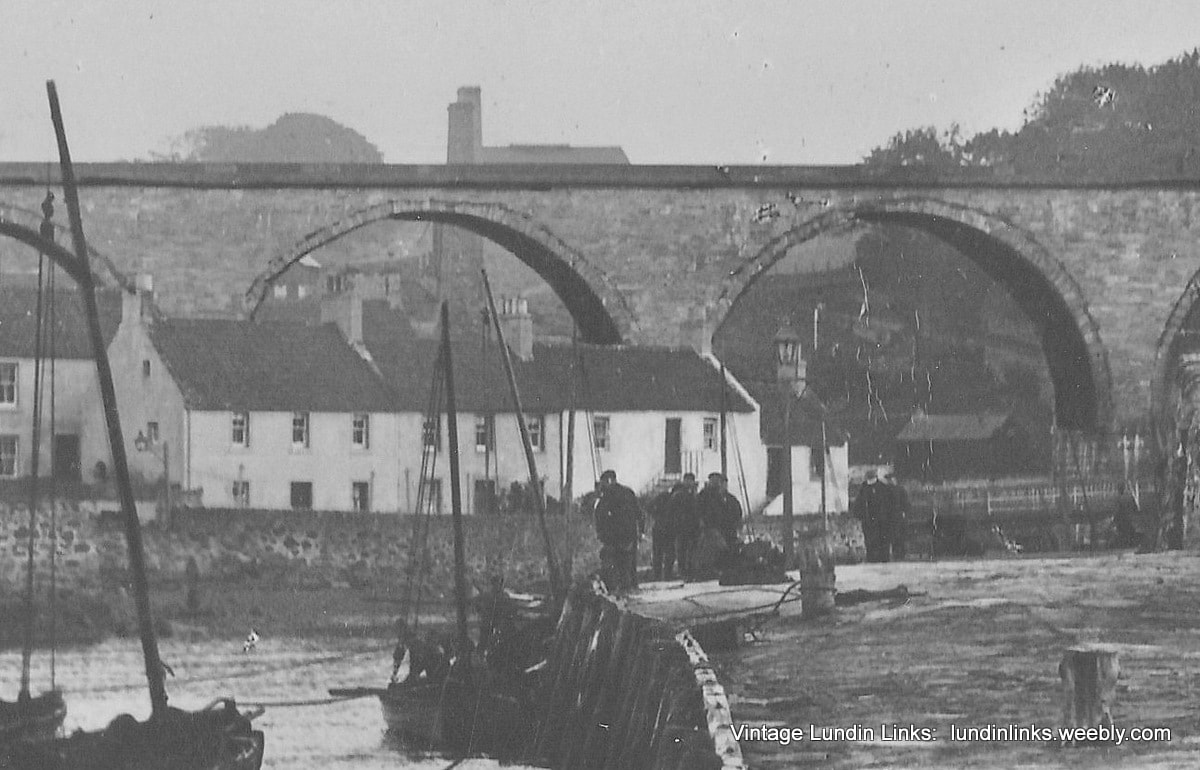
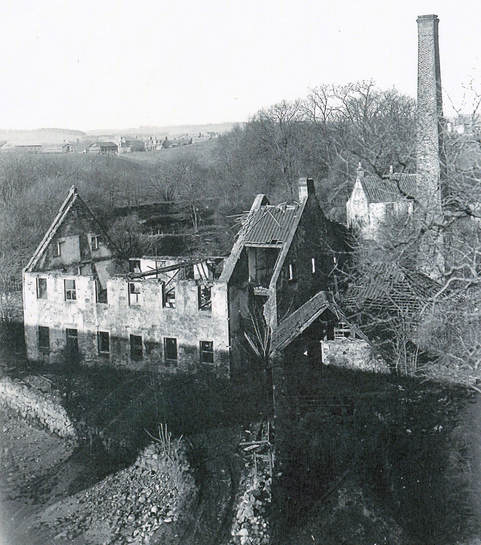
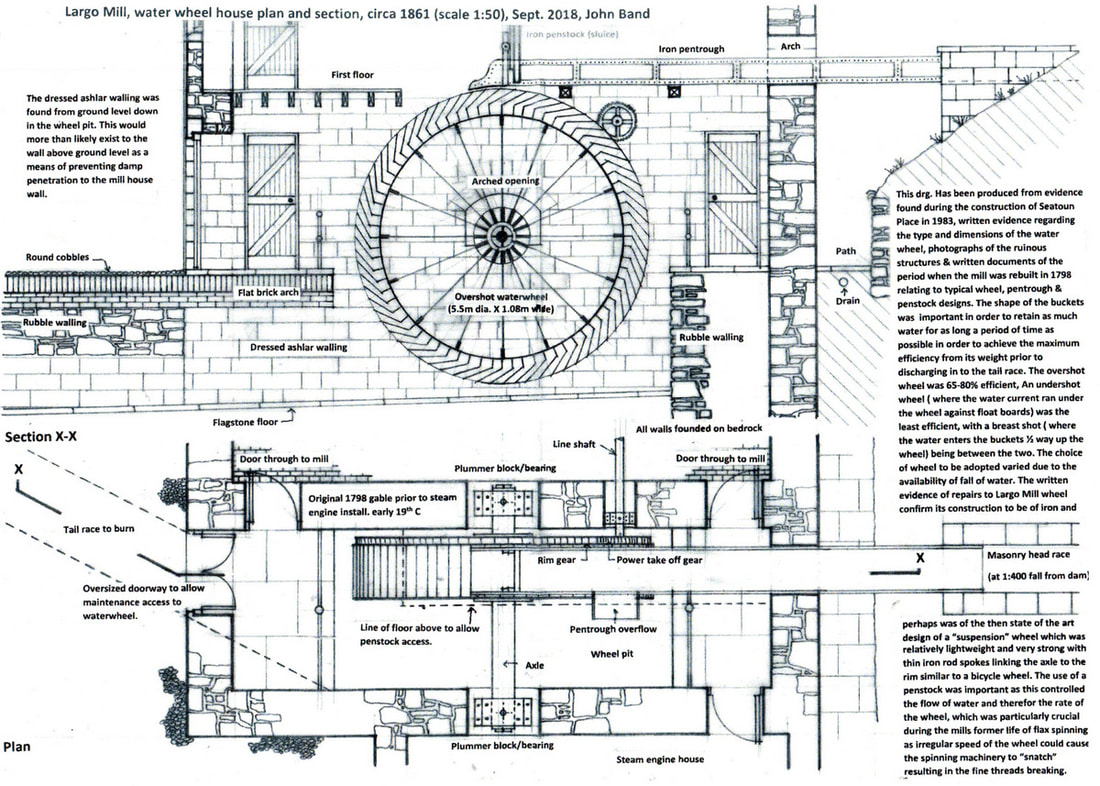
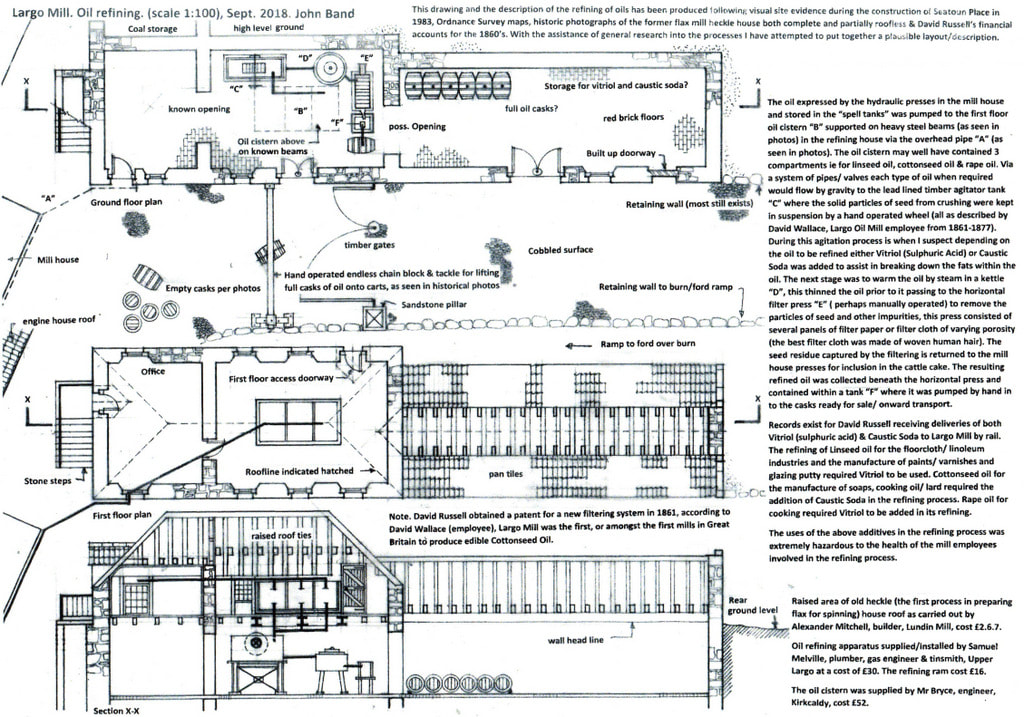
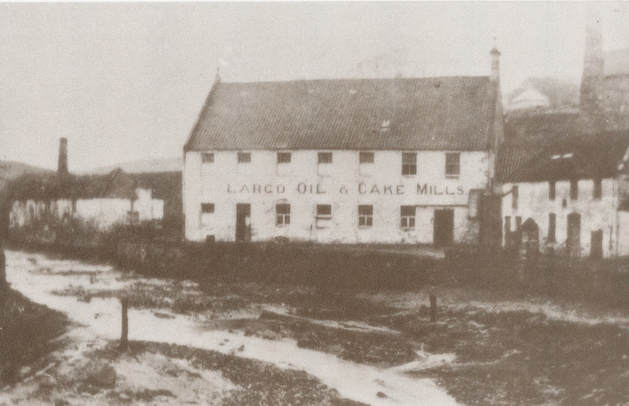
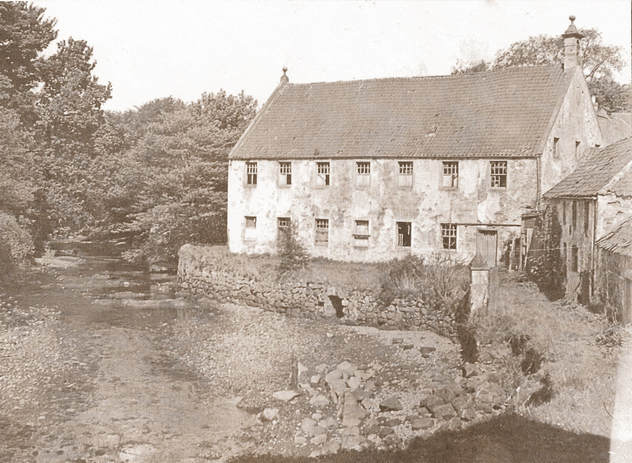
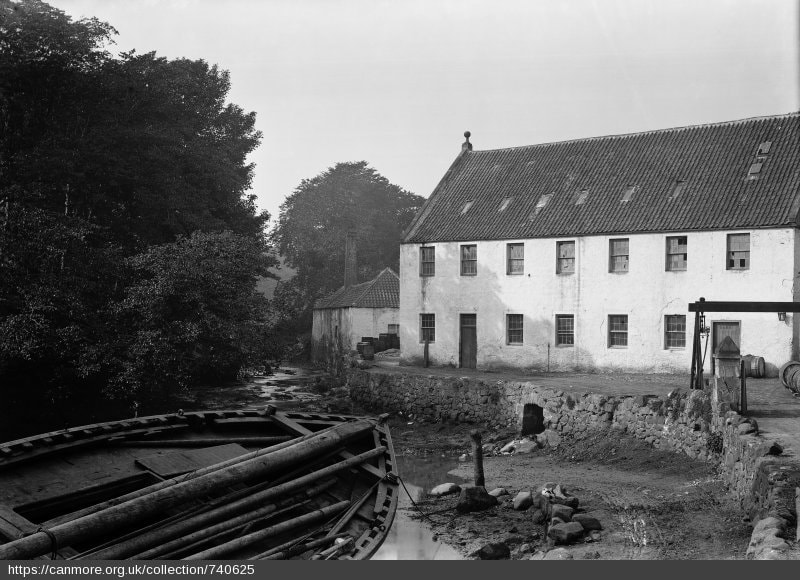
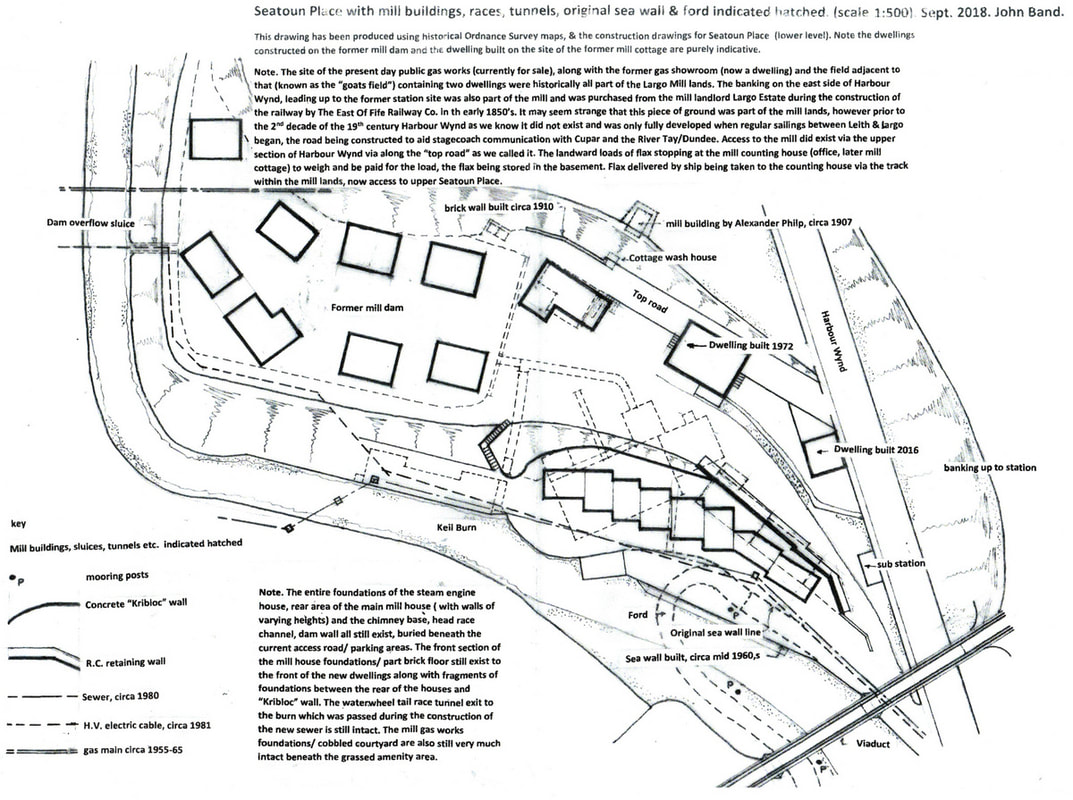
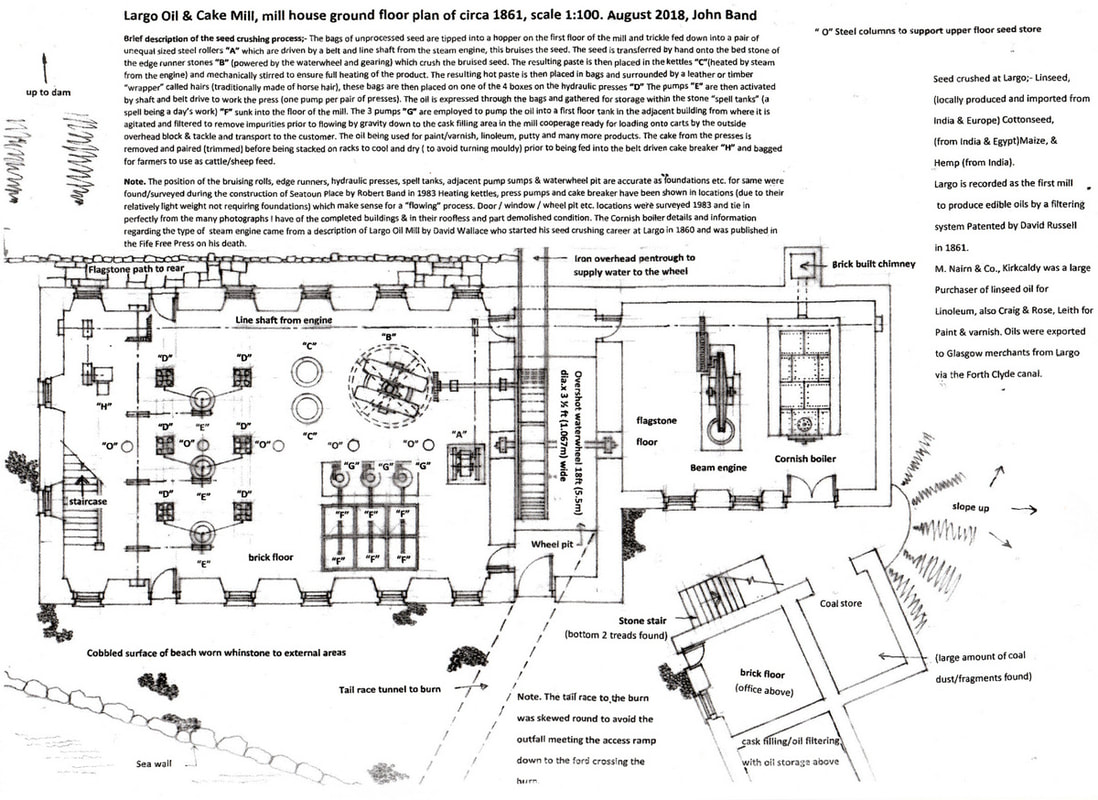
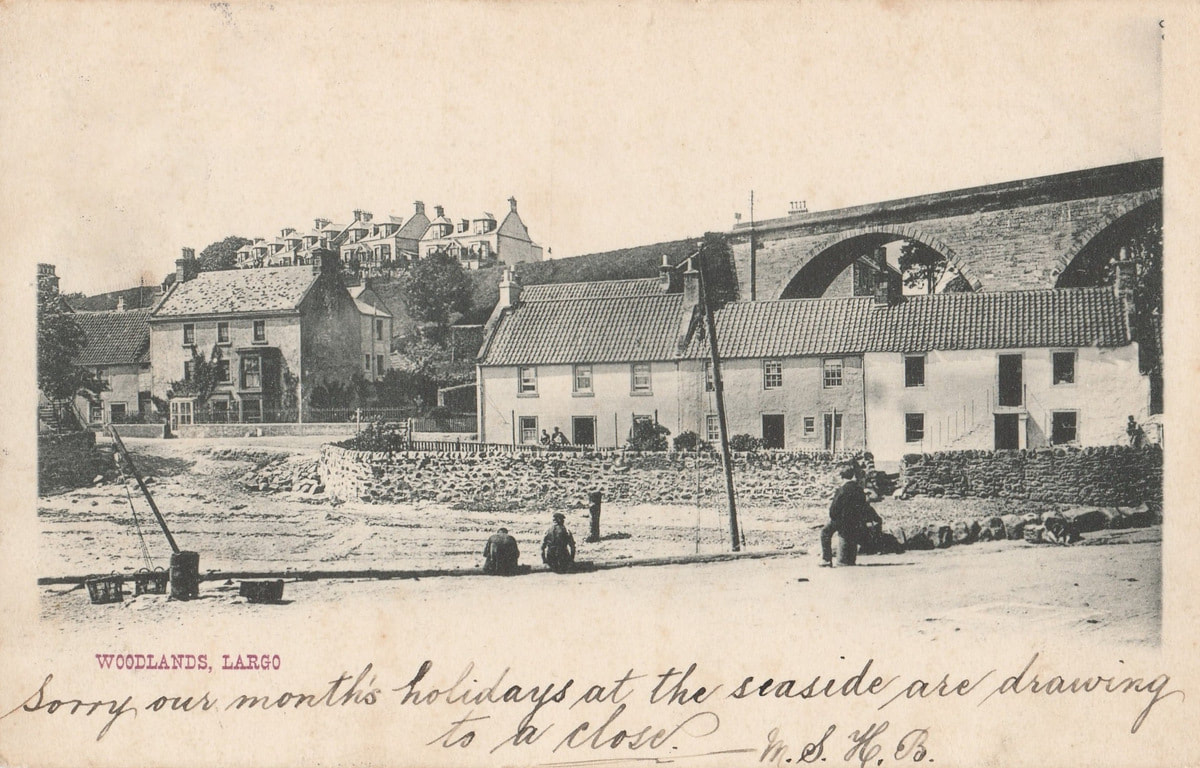
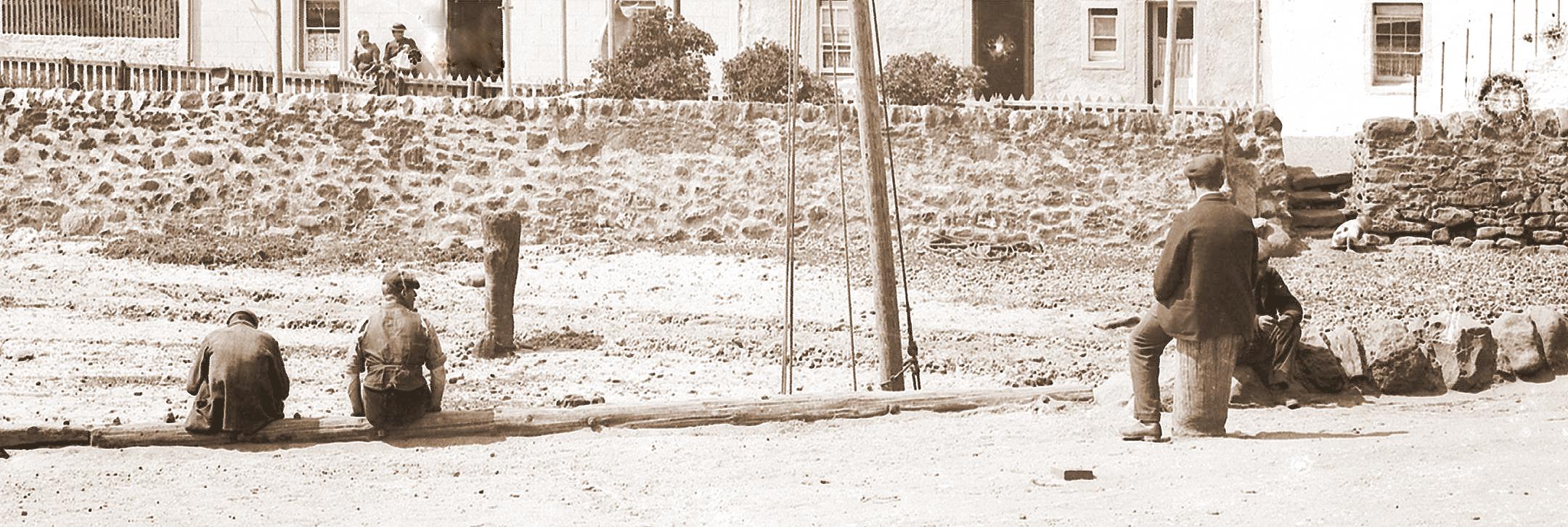


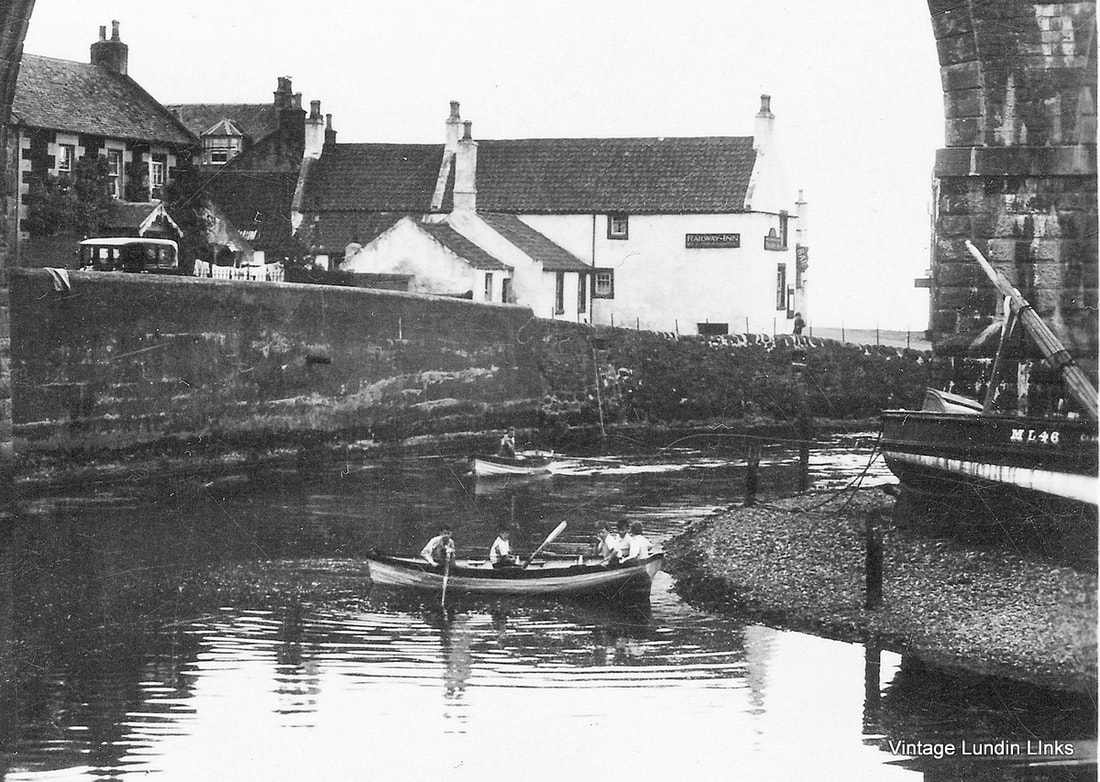
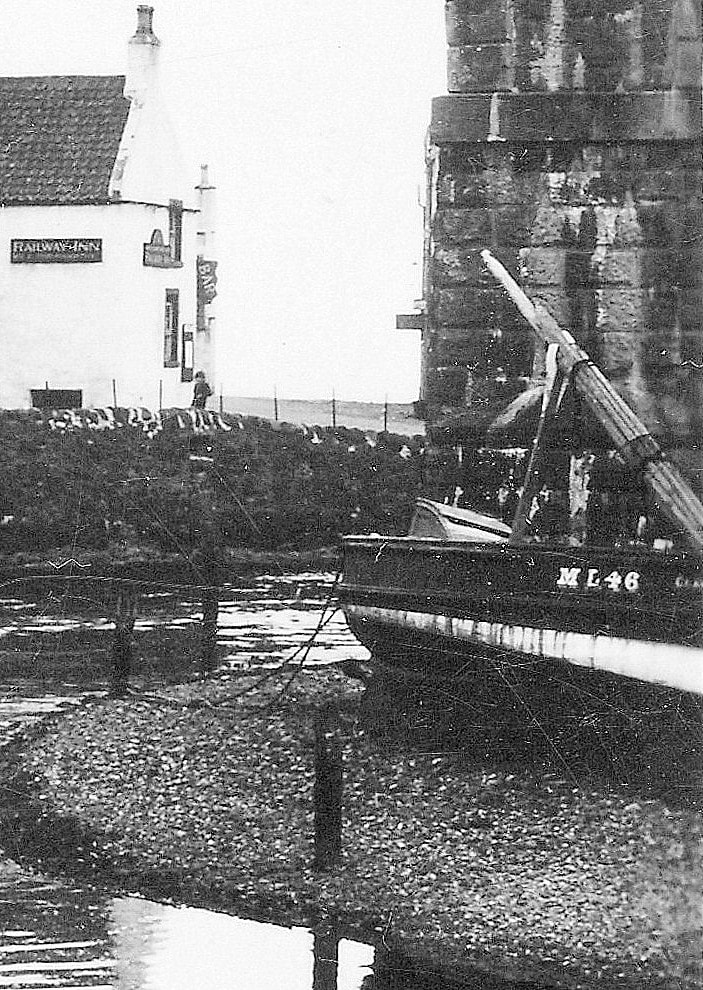
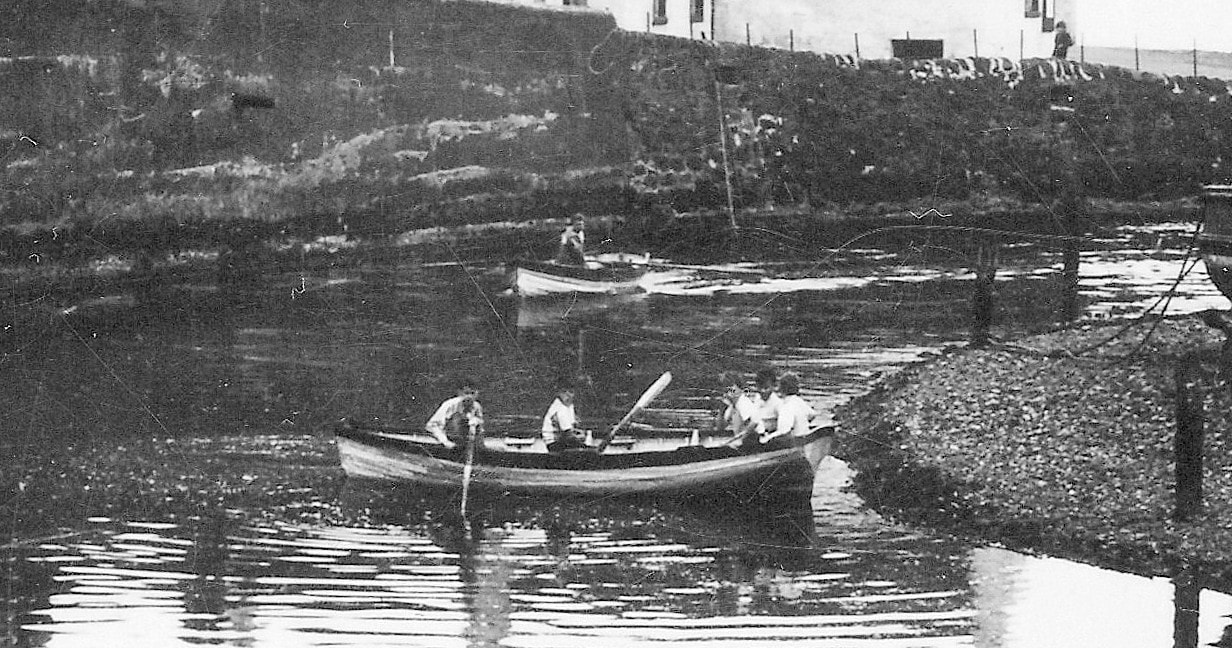
 RSS Feed
RSS Feed
